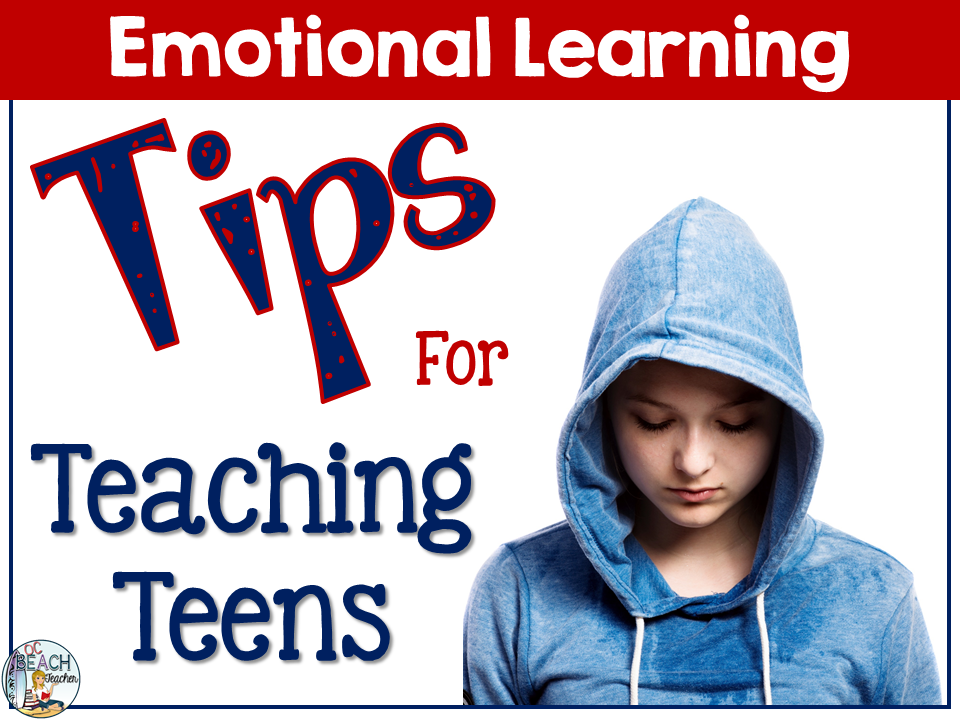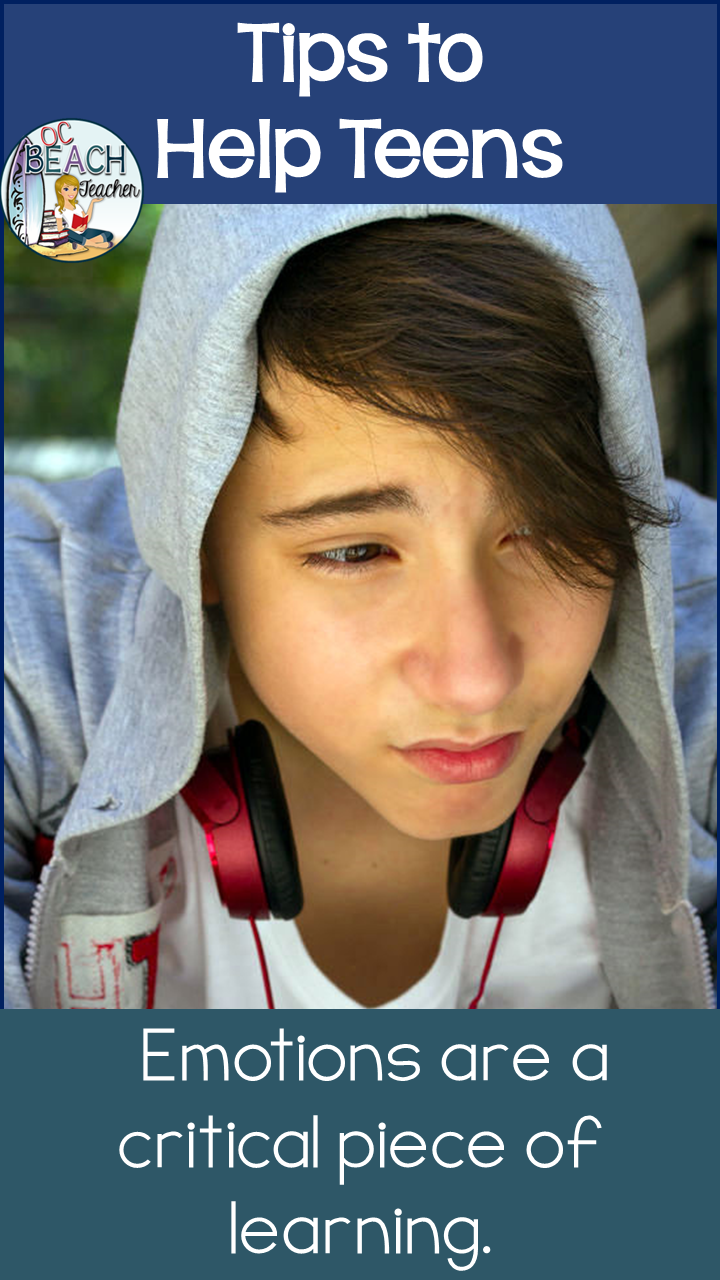When I was in high school, I remember sobbing in my guidance counselor’s office on several occasions. One time, it was because I was in trouble in my chemistry class. Looking back on these experiences as an adult, I feel silly. But the truth is that as a teen, I didn’t have enough life experience or the skills to manage my emotions.
Sometimes, as a teacher of high school students, I forget the intensity of those feelings. I’m so intent on delivering course content that I may not notice a student’s exhilaration because it’s her 16th birthday, or I may neglect her distraught look after a fight with her boyfriend. This is a mistake.
We teachers cannot ignore the importance of emotion when instructing teenagers. At the 2017 Teachers Pay Teachers Conference in Anaheim, University of Southern California Associate Professor Mary Helen Immordino-Yang said, “emotions are a critical piece of learning.” Her neuroscience research shows that social and emotional factors affect students’ academic success. But how can teachers use emotional learning to improve academic success? Twenty years of classroom experience helps me surmise some ways.
Create an Inviting Classroom
At the beginning of the school year, it’s important to create a positive classroom culture. Team builders and icebreakers are effective teaching strategies. On the first day of school, students will likely experience myriad emotions- excitement to see friends, anxiety over class expectations, and perhaps, mourning for the end of summer. (I know I do.) Even though teachers may want to dive into curriculum, it’s vital to create a positive classroom atmosphere where students know their feelings will be respected. This facilitates student participation in class discussion and meaningful cooperative learning.
Use Class Texts
In English classes, teachers can capitalize on the emotional responses texts provoke in readers. Poems and books make us laugh, cry, or even react with anger. Consequently, we need to be sensitive to our students’ emotional needs when we teach controversial literature.
For instance, a book such as To Kill a Mockingbird may require thorough preparation and discussion before reading even begins. When I read To Kill a Mockingbird in high school, I remember being devastated that Tom Robinson was unfairly convicted by a prejudiced jury. Many teens haven’t personally experienced such unfairness in their lives yet, so teaching literature that focuses on injustice in the world may be a good strategy for helping them develop more empathy.
Use Writing
In addition to feeling strongly about literature, English class provides students with opportunities to express their feelings through writing. Students should have time to write informally and personally. Journals, poems, and narratives can be incorporated into class on a regular basis. In creative writing class, I provide prompts each day to inspire students for their journal writing but always give them the option for a “free write” on a topic of their choice.
Furthermore, I’m careful when grading these assignments. After several writing sessions, I will ask each student to select one response that they want me to read. I’ll provide them with feedback and engage in conversations for their selected journals but simply give participation points for the ones they don’t ask me to grade. These writing assignments also help students develop their voices, so they’re meeting language standards, too.
Acknowledge Life Events
Sometimes, when there is a crisis in the school or community, teachers must put a planned activity or lesson on hold while we acknowledge the emotional impact of the event. It might be worth coordinating a program with the guidance office or local agency. For instance, many schools now incorporate therapy dogs during times of trauma and for a variety of other purposes. By doing this, teachers respect students’ feelings and accept the reality of their worlds. This also helps to form deeper bonds and relationships with students.
Recognize Milestones
Lastly, it’s important to be aware that life milestones for teens– getting a driver’s license, working a first job, attending prom, applying to college- will impact their moods. Teachers can nurture students and
improve learning by planning lessons that connect to these developmental events. Furthermore, it benefits both students and teachers when teachers accept the excitement and distraction that accompany spirit weeks, class elections, and other extracurricular activities.
No doubt, some teachers will worry that facilitating emotional learning in the classroom will require them to sacrifice academic rigor, but this doesn’t have to be the case. It simply requires balance between content and compassion. Ultimately, emotional learning helps strengthen student motivation, problem-solving skills, and social intelligence, guiding them toward leading healthy, productive lives.
How do you address social and emotional learning in your classroom? I’m always looking for new ideas, so please share your strategies in the comments below!






One Comment
Thank you for this. I teach 8th grade and sometimes feel exhausted by the barrage of emotion in my large classes. Good to remember that their needs can be incorporated into my class lesson plans in a positive manner.